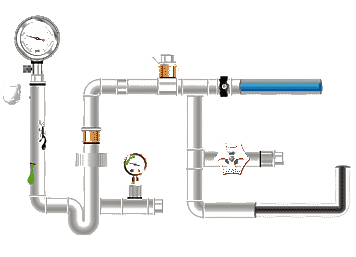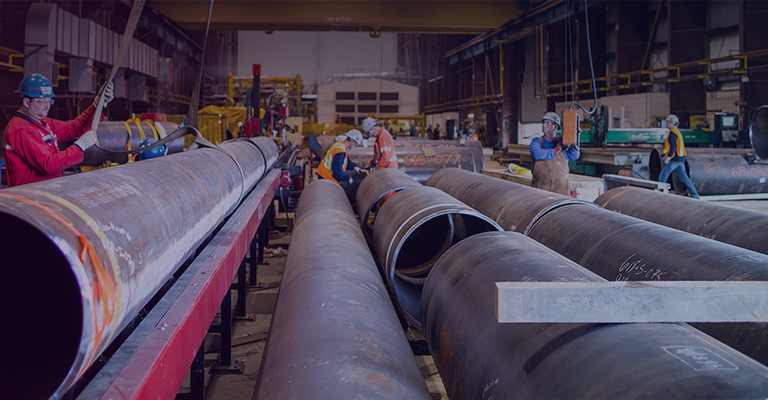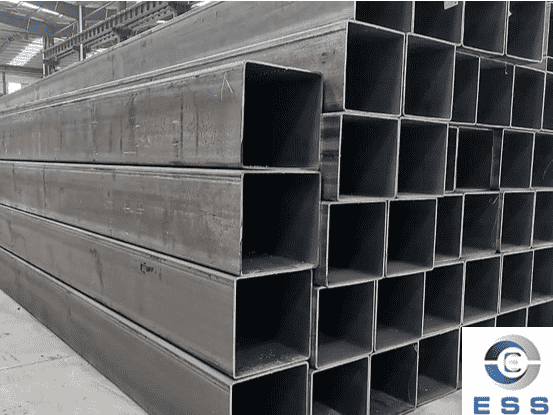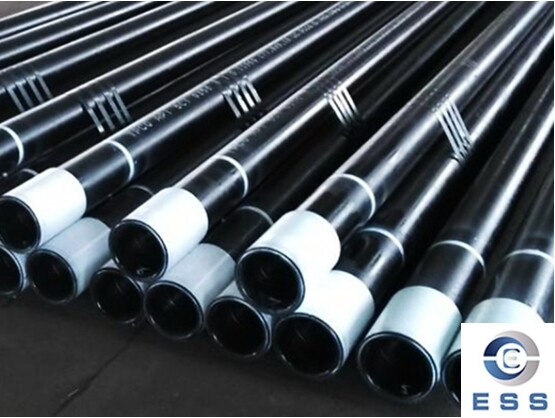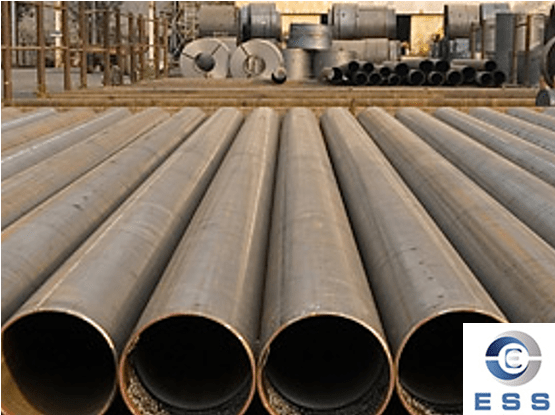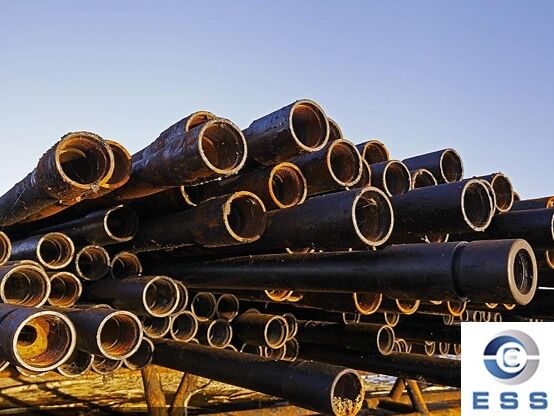
In the oil drilling industry, oil drill pipe is a vital part of the equipment. The drill pipe is subjected to great
pressure, wear and corrosion during deep well drilling, so its wear problem has
always been the focus of the industry. When the drill pipe is worn, it not only
affects the drilling efficiency, but also may cause equipment failure and even
cause major safety accidents. So, how to repair the wear of oil drill pipe to
ensure the high energy efficiency and safety of drilling operations? This
article will discuss in detail the repair methods for oil drill pipe wear and
how to choose a suitable repair solution to extend the service life of the
drill pipe, reduce maintenance costs, and improve the overall efficiency of
drilling operations.
Causes of oil drill pipe wear
There are many main reasons for oil drill
pipe wear, including:
1. Strong friction: continuous mechanical
friction with the well wall and rock.
2. High pressure and heavy load: huge
physical pressure during drilling.
3. Chemical erosion: corrosion caused by
drilling fluid and formation fluid.
4. Hot and cold test: the influence of
complex temperature environment underground.
The combined effect of these factors causes
the surface of the oil drill pipe to show varying degrees of wear or damage
after long-term use. If it is not repaired in time, it will not only reduce the
efficiency of the drilling operation, but may also affect the smooth progress
of the entire drilling process. Therefore, timely and effective repair of worn
oil drill pipes is the key to ensuring the continuous drilling operation.
Common methods for repairing oil drill
pipe wear
The main goal of oil drill pipe wear repair
is to restore its original function and performance. There are many repair
methods, among which the commonly used ones include welding repair, thermal
spray repair, mechanical processing repair and replacement repair. These
methods each have their own advantages and applicable scenarios. Choosing a
suitable repair method can extend the service life of the oil drill pipe to a
greater extent and improve the overall operating efficiency.
1. Welding repair
Welding repair is a common repair method.
Applicable scenarios: drill pipes with
severe wear but no structural damage.
Operation: The filler material is welded to
the worn part by electric welding, gas welding and other methods, and then
restored to its original shape by grinding and machining.
Advantages: This repair method has low cost
and obvious repair effect.
Note: For drill pipes that are excessively
worn or cracked, their original performance may not be fully restored, so
welding repair is more suitable for repairing mild wear or surface damage. Seamless
steel pipes or carbon
steel pipes can be used as reinforcement materials during the repair
process to enhance the overall structural performance.
2. Thermal spray repair
Applicable scenarios: drill pipes with mild
steel pipe matrix, drill pipes that are worn due to long-term use in high
temperature and high pressure environments.
Operation: Thermal spray repair technology
uses high temperature to spray alloy materials onto the worn parts to form a
hard coating,
thereby enhancing the wear resistance and corrosion resistance of the drill
pipe.
Advantages: It can improve the durability
of the drill pipe by increasing the surface hardness without changing the
structure of the drill pipe itself.
3. Machining repair
Applicable scenarios: Machining repair is
suitable for repairing drill pipes with severe wear and strict shape and size
requirements.
Operation: Through turning, milling and
other mechanical processing methods, the worn parts are removed to restore the
size and shape of the drill pipe.
Advantages: For severely worn drill pipes,
this method can effectively restore their original functions and further
improve their durability by adding surface treatment.
4. Replacement and repair
Applicable scenarios: For drill pipes that
are extremely worn or have structural damage, it is recommended to replace them
directly.
Advantages: Although the cost of
replacement and repair is high, it can ensure the safety and efficiency of the
operation, especially when encountering severe wear that cannot be repaired
during drilling, this method is a reliable solution. It can also be combined
with casing pipe with good pressure resistance to ensure the safety and stability of the system.
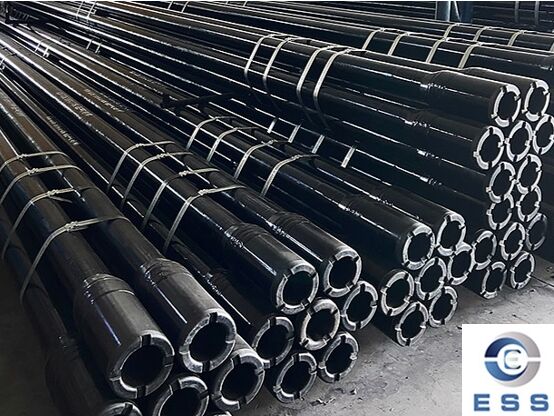
Basis for selection of repair methods
In addition to considering the degree of
wear of the oil drill pipe, the time cost, repair effect and special needs of
the drilling operation should be considered comprehensively when choosing a
suitable repair method. Different repair methods are suitable for different
wear types and working conditions. Therefore, when choosing a repair plan, it
is necessary to make a judgment based on the actual situation.
1. Degree of wear
Light wear/no cracks/other structural
damage: Welding repair or thermal spray repair is preferred, which is
economical and efficient.
Severe wear/deep wear/cracks/deformation:
Mechanical processing repair or replacement repair is more reliable.
2. Repair cycle
The repair cycle is also an important
factor affecting the selection of repair solutions.
Tight schedule: In some high-intensity
drilling operations, the damage repair of oil drill pipes needs to be completed
as soon as possible to avoid delays in the schedule. In this case, welding
repair and thermal spray repair can provide a faster repair cycle.
Time permitting: For repairs that require
mechanical processing or replacement repairs with spare parts plans, the cycle
is longer and can be arranged calmly.
3. Cost-effectiveness
The choice of repair method also needs to
consider the cost of repair comprehensively.
Pursuit of economy: Welding repair and
thermal spray repair are usually low-cost, but suitable for mild wear.
Focus on value and durability: The cost of
mechanical processing repair is high, suitable for moderate to severe wear.
Safety first/irreversible damage: In the
case of severe damage, replacement repair is undoubtedly a more direct,
effective but costly solution.
Summary
As an OCTG pipe, wear
repair of oil drill pipe is a vital task that can effectively extend the
service life of the drill pipe, reduce equipment failures, and improve drilling
efficiency. Through various methods such as welding repair, thermal spray
repair, and mechanical processing repair, combined with the actual wear
situation, choosing the appropriate repair plan can ensure the maximum repair
effect. At the same time, with the continuous advancement of technology, the
future of oil drill pipe repair technology will be more energy-efficient and
intelligent, providing a more solid guarantee for the sustainable development
of the oil industry.
Read more: Size of Drill Pipe or Advantages & Disadvantages of Oil Drill Pipe









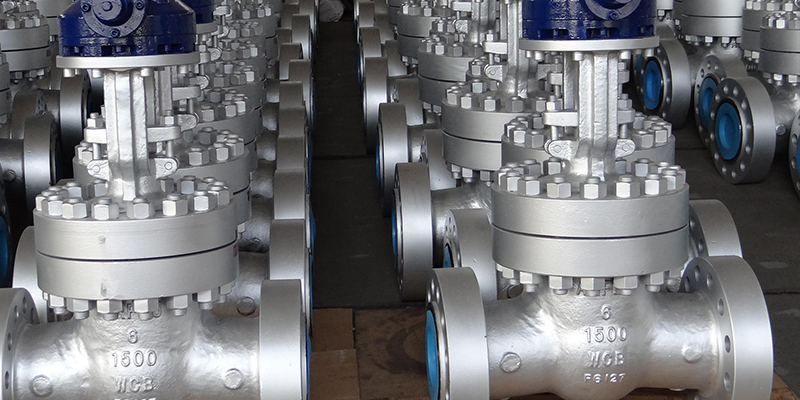
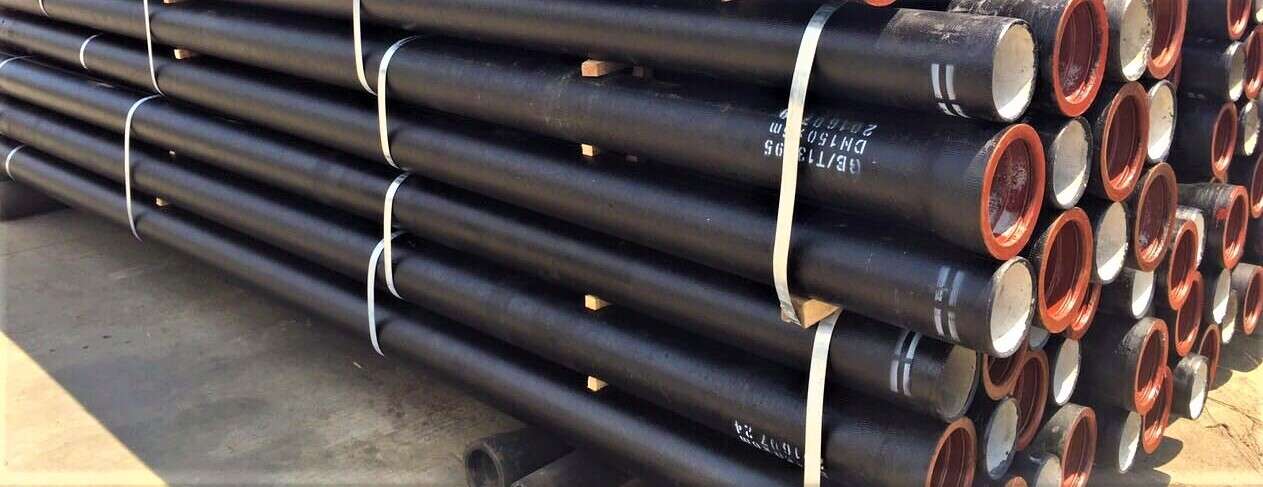


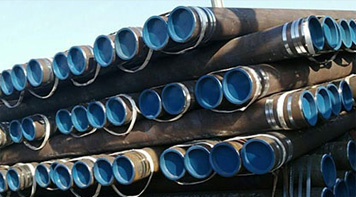 Eastern Steel Manufacturing Co.,Ltd not only improve product production and sales services, but also provide additional value-added services. As long as you need, we can complete your specific needs together.
Eastern Steel Manufacturing Co.,Ltd not only improve product production and sales services, but also provide additional value-added services. As long as you need, we can complete your specific needs together.
